“intertwining pictorial investigation with architecture, fashion, poetry, performance and philosophy”
Paolo Scheggi developed his work in Postwar Milan, an effervescent and international artistic context, enriched by the crucial presence of Lucio Fontana, and of experimental artists from the new Italian generation: those around the Azimuth/Azimut gallery and magazine (such as Piero Manzoni, Enrico Castellani, Agostino Bonalumi, Dadamaino), and those connected to the Arte programmata (such as Gianni Colombo). With them, Scheggi’s work shares the desire to move beyond traditional painting into a new creative and perceptual dimension: objective, physical and spatial.
In 1962, after various three-dimensional mixed media experimentations, Scheggi developed his Intersuperfici (Intersurfaces), also called Zone riflesse (Reflected Zones): canvases with cut-outs, superimposed, to create physically and optically complex spaces, aimed at investigating the dynamics of perception and involvement. In this spatial vision, his work is also characterised by a wide interdisciplinary approach, intertwining his pictorial investigation with architecture, fashion, poetry, performance and philosophy.
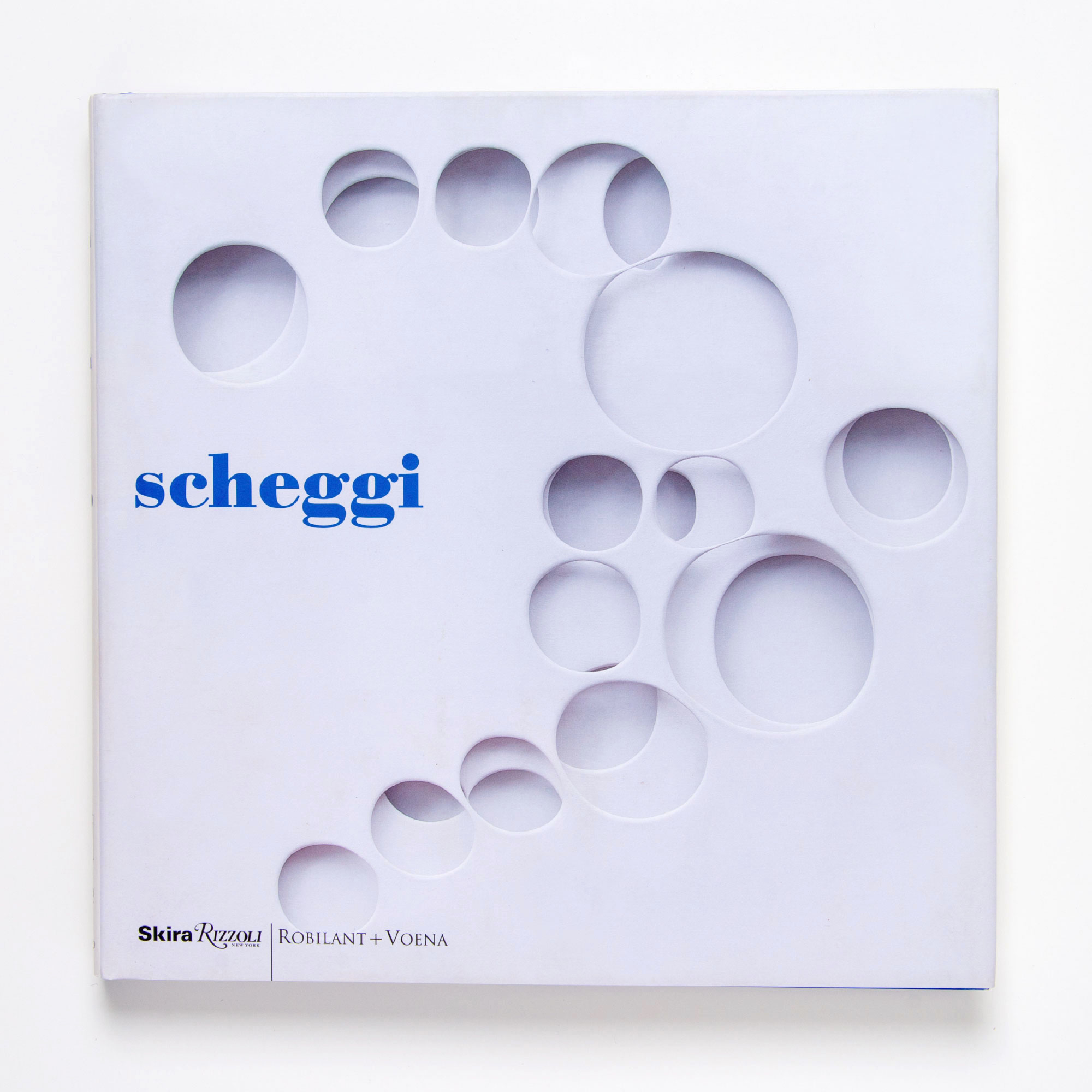





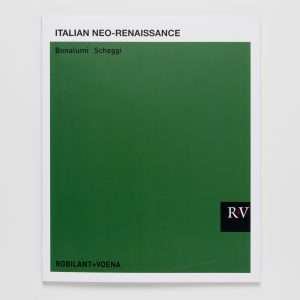
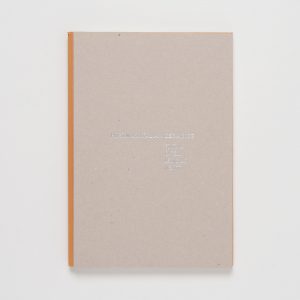






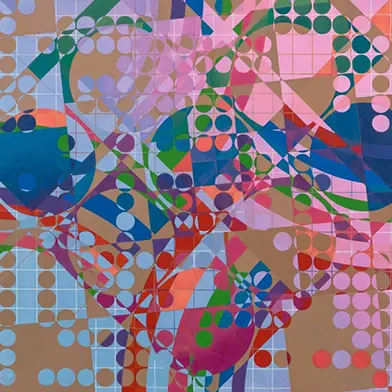
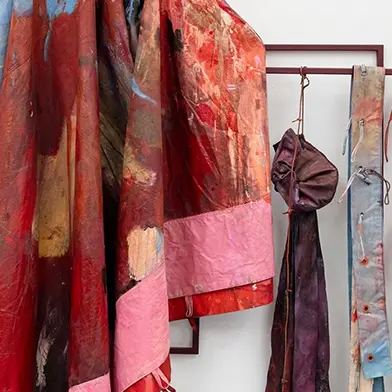
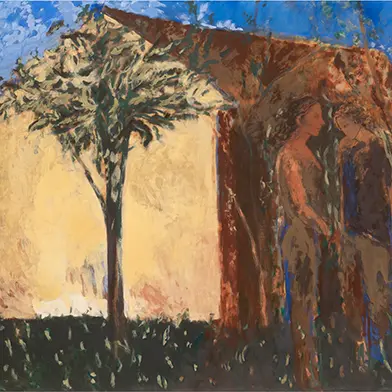
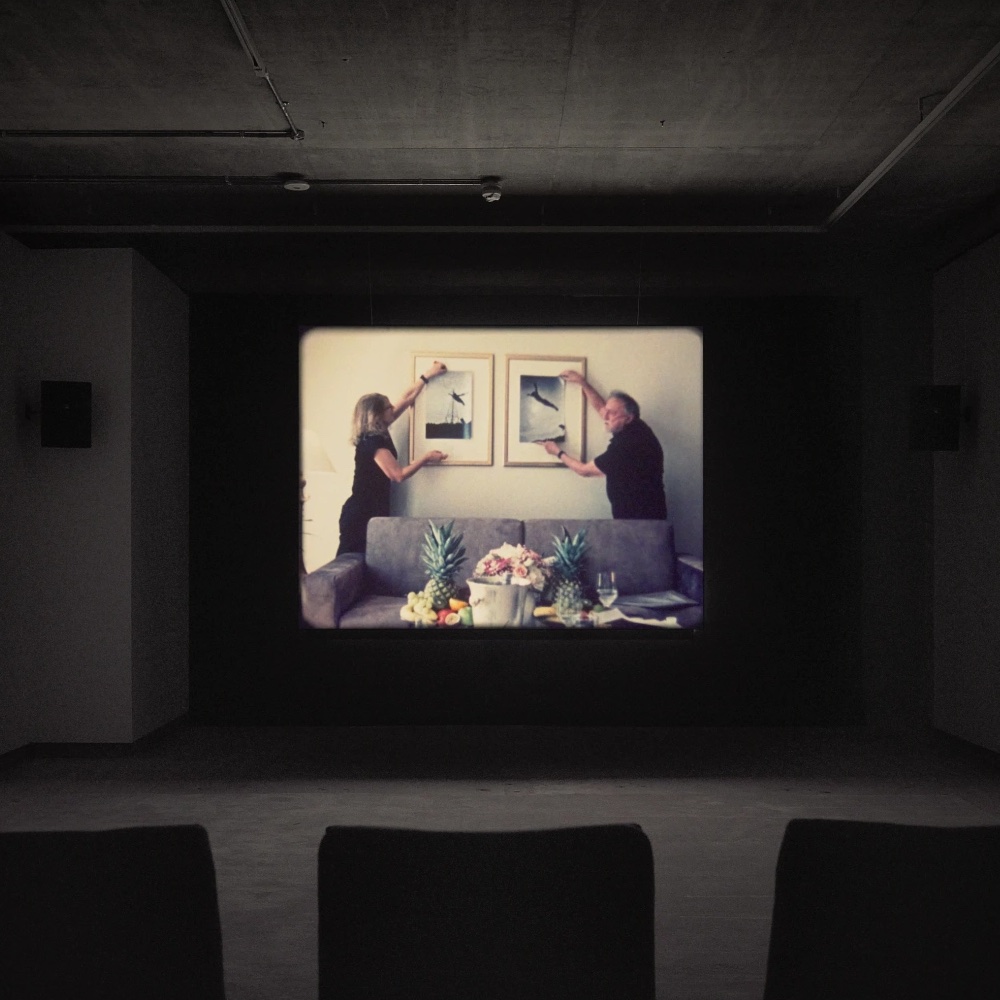
Reviews